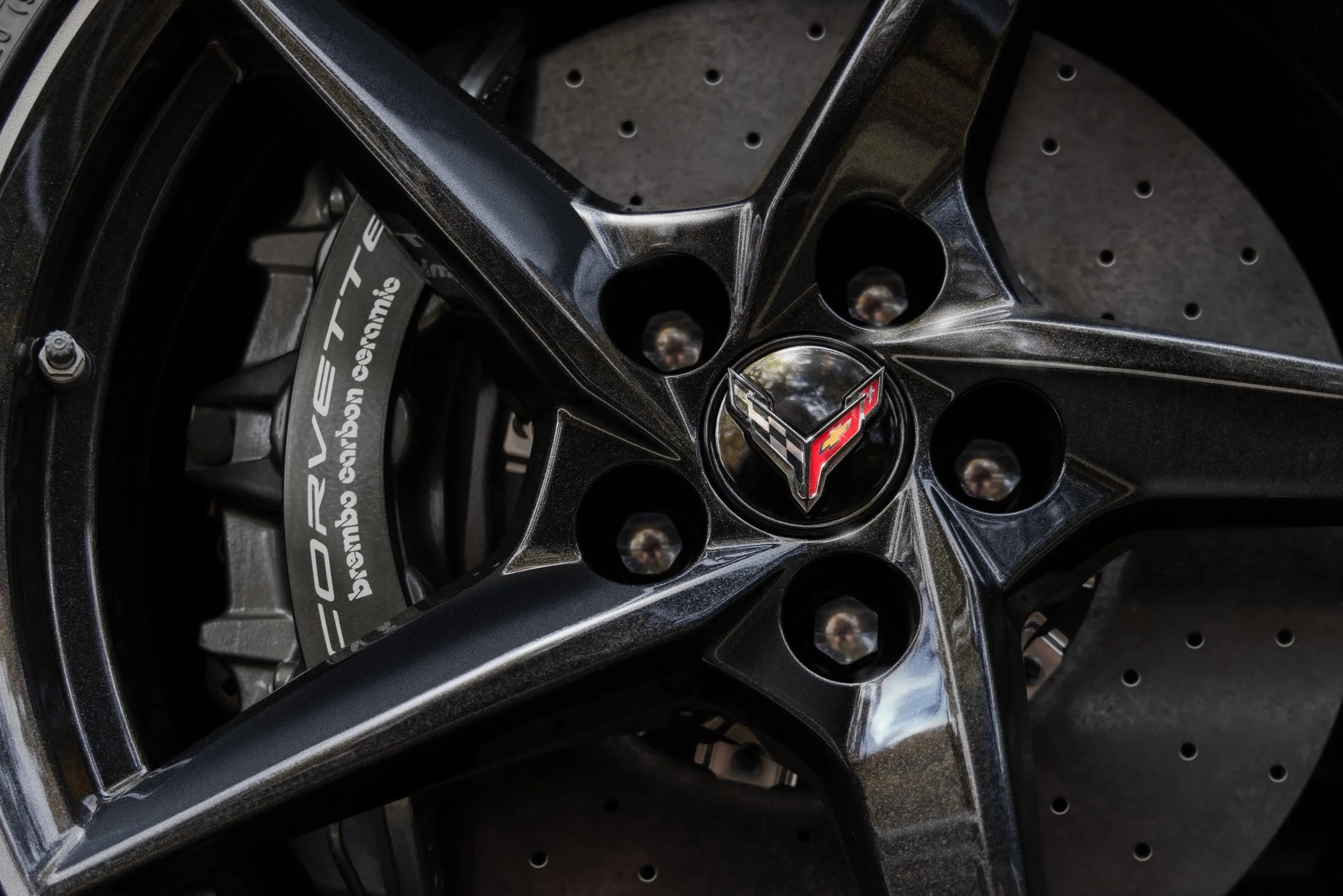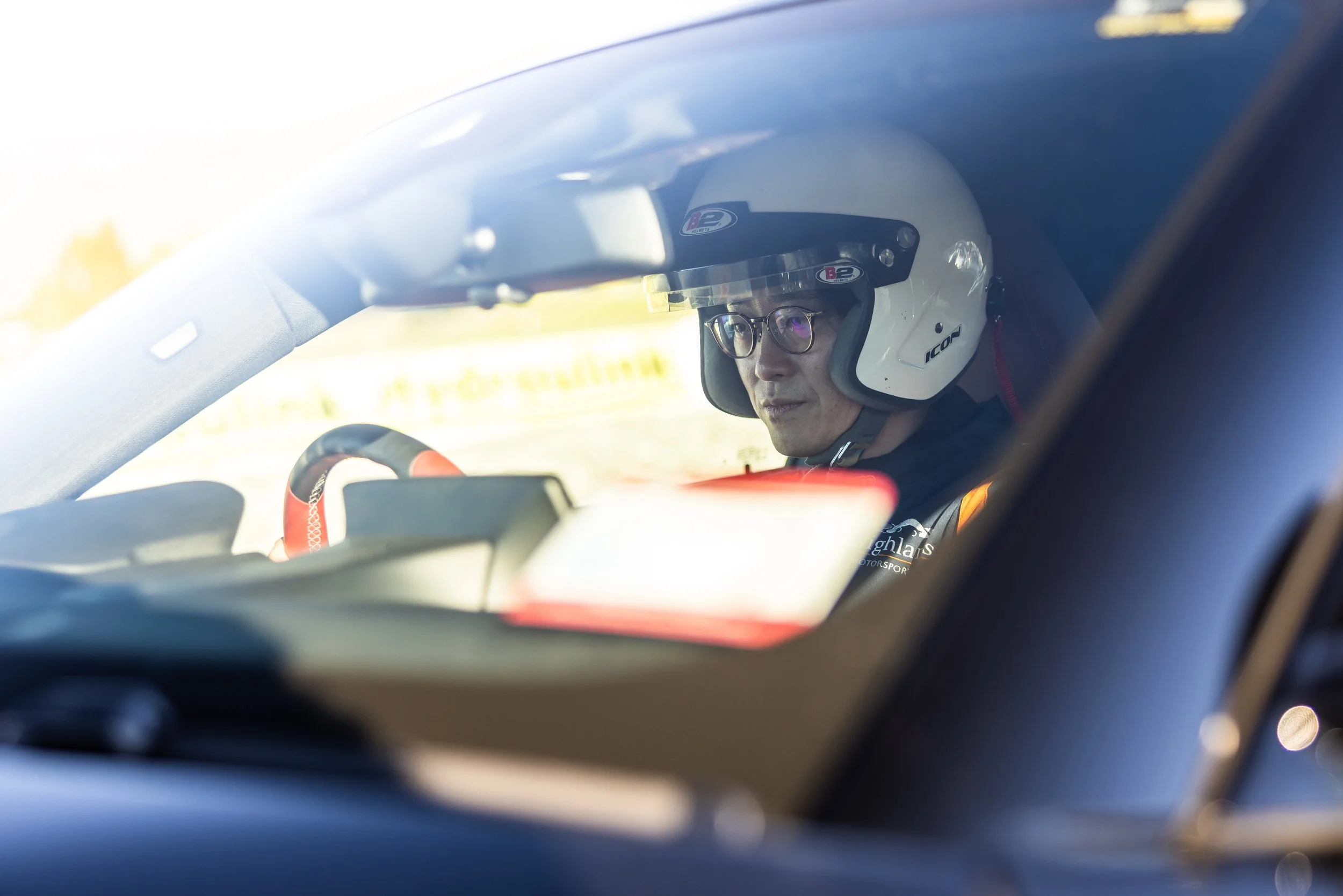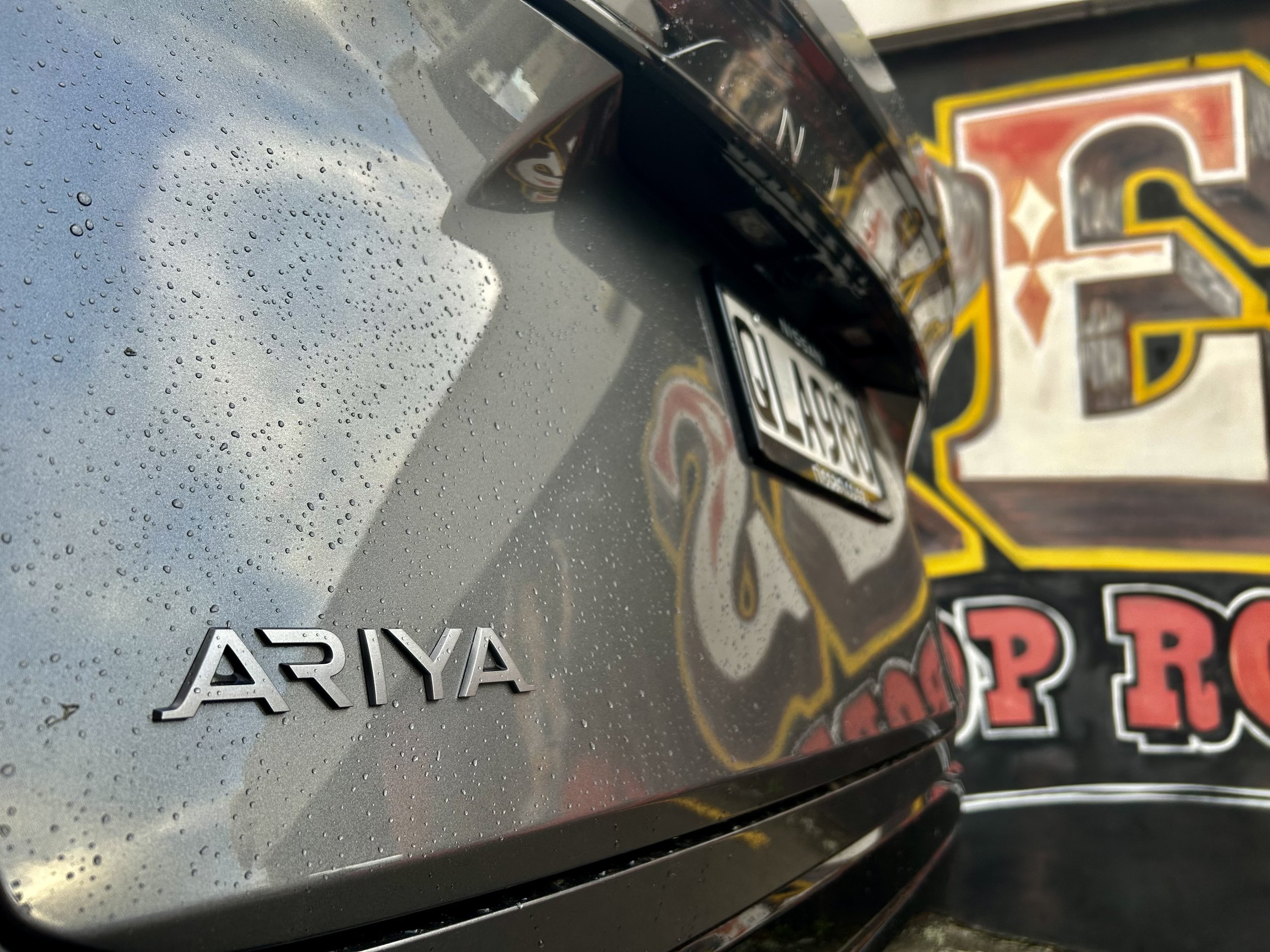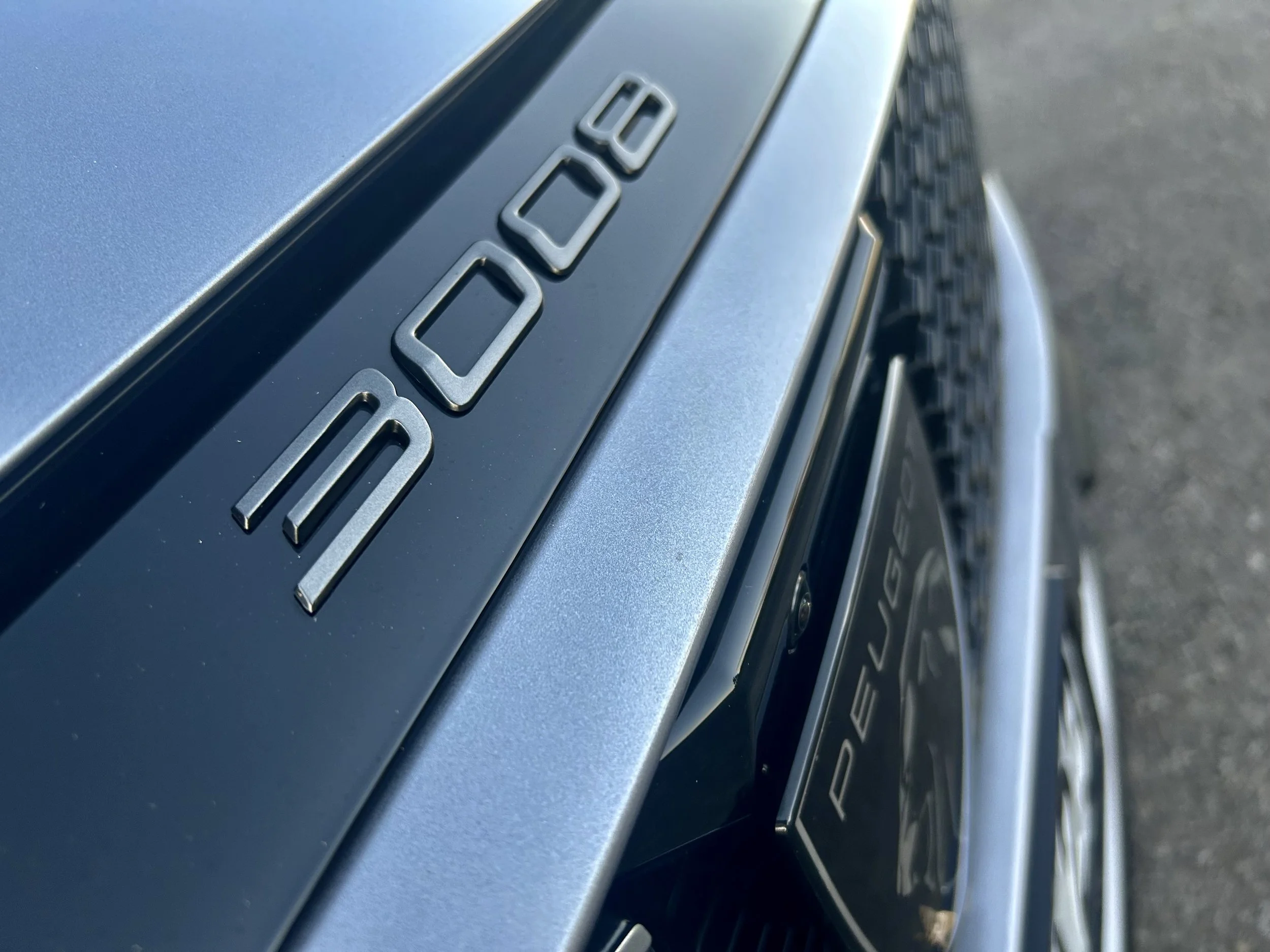Gutsy in Green - E-Ray joins Corvette choice
/Electric assist, all-wheel-drive and more grunt than a Z06 … and more efficient, too.
THE enviro-edged Corvette that delivers the type’s most exhilarating step-off is now availing here, with efficiency questions also finally answered.
The E-Ray edition whose $285,000 sticker and immediate availability was announced today is the first hybrid – and first all-wheel-drive – version in the nameplate's 70-year history.
The type avails purely in Coupe form and is the third model in the mid-engined 'C8' Corvette range.
It sandwiches between the regular issue $185,000 2LT coupe and $215k 3LT Convertible that has been here for two years and has just been freshened and the recently arrived Z07 that costs $346k, rising to close to $400k if a Z07 Performance Pack is included.
The latest type combines the standard Stingray's 6.2-litre V8 engine, powering the rear wheels asc per the entry car, but with a 120kW electric motor driving the front wheels.
The drivetrain was created for obvious reasons; large capacity cars of all kinds are increasingly in the gun for being petrol gluttons and high CO2 emitters.
In addition to having ability, as regular editions do, to shut down four of its eight cylinders, the E-Ray can even drive “in certain low speed conditions” in electric only (a Stealth mode).
It’s set to establish as the cleanest and least petrol-hungry Chevrolet here, though that’s been an easy accomplishment; in addition to the Corvette, the brand stacks its local representation with the famously big drinking Silverado utility.
Still, how much more planet-friendly it is compared to the other types of Corvette has finally been answered.
Though local distributor General Motors Speciality Vehicles did not provision any fuel consumption of exhaust output data in today’s announcement, in response to a follow up it cited the E-Ray should deliver an optimal 11.5 litres per 100 kilometres’ combined fuel burn.
That compares well with the 3LT coupe, which with the same egine without electric assist will return a pocket-hitting 15.1 litres per 100km on the WLTP-3 scale. E-Ray’s CO2 count is still high, however. At 267 grams per kilometre, the E-Ray appears to improve on the standard engine’s count by just 10g/km.
For its own part, Chevrolet on announcing E-Ray in 2022 made very clear that, regardless of Green gain, the engineering emphasis has been on maximising performance.
It does that. In Australasian market tune, the system produces 481kW combined - that’s 6kW more than out of the Z06’s highly-tuned 5.5-litre flat-planned V8 and a whopping 112kW above the standard engine.
Torque comes to 637Nm, the same output cited for the engine in its unassisted form, and 42Nm more than the Z06.
It’s the quickest-accelerating Corvette ever, with a claimed 0-100kmh time of 2.5 seconds.
The Corvette E-Ray's hybrid system is closer to a Toyota RAV4 than a McLaren Artura or Ferrari 296 GTB in design, as it cannot be plugged in – and the battery can only be recharged using the engine, or energy captured under braking.
The battery capacity is 1.9kWh and mounts in a tunnel that runs between the two seats.
A selection of six drive modes, including Tour, Track and a configurable My Mode setting, dictate the car’s deployment of electric power.
For race track driving, the hybrid system can be set for maximum short-term performance, allowing the lithium battery to use up most of its charge in a lap or two, or for more conservative, lap-after-lap use.
The car will maintain a certain minimal state of charge in case it needs to use the electric motor to help pull out of a skid, for instance.
In general, though, the E-Ray isn’t seen as a track car – Chevrolet says that’s more what the Z06 is for. The E-Ray is intended as a car for fast street driving and long road trips.
Packaging the drivetrain wasn’t too much of a headache as the current generation car was engineered from the outset with hybrid in mind.
Due to the battery and motor hardware, the E-Ray’s 1712kg dry weight exceeds the standard car’s figure by 110kg.
To compensate, Chevrolet’s engineers have fitted carbon ceramic brakes and the firm’s Magnetic Ride Control 4.0 suspension as standard, the latter of which is likely to adopt a bespoke tune.
GM product planners and engineers have indicated the kilo count was a reason why the car isn’t a plug-in hybrid. Adding a charging port and additional cables and electronics to the car would have also added even more weight.
The E-Ray is just over 9cm wider than the base model and a set of staggered 20- and 21-inch wheels is bespoke, and can be specified with Michelin Pilot Sport or Pilot Sport 4S tyres. Those 21-inch rear wheels have colossal 345-width rubber.
To distinguish the newcomer as the electrified Corvette, a new Z06-inspired front bumper has been fitted, and the rear end has been restyled to blend with the wider bodyshell. New colours unique to the E-Ray are available too, along with carbon fibre exterior and interior trims.
The E-Ray is an actual sea creature – hence why the car has a ray-shaped badge on the boot lid – but it’s also a play on the Stingray name of the base model.




















